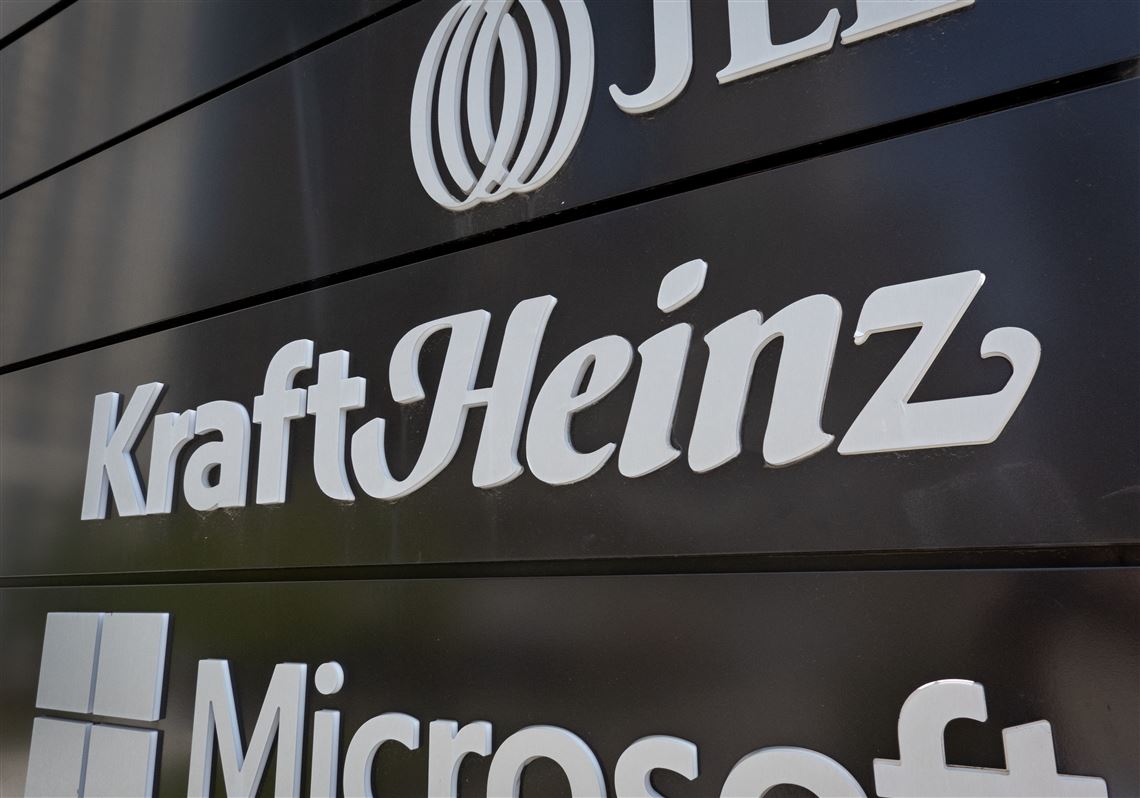Kraft Heinz, one of the world’s largest food and beverage conglomerates, has revealed a major restructuring plan that will see the company divide into two separate entities. The decision marks a significant shift in strategy for the iconic brand, signaling an effort to streamline operations, focus on core strengths, and respond to evolving consumer preferences in a highly competitive market. Analysts and industry observers are closely monitoring the move, which is expected to have wide-ranging implications for shareholders, employees, and the global food industry.
El proyecto de separación dará lugar a dos empresas independientes, cada una con su propio equipo de gestión, estructura operativa y enfoque de mercado. Una entidad se centrará en las icónicas marcas alimentarias globales de la compañía, que incluyen nombres familiares en condimentos, comidas envasadas y productos básicos de despensa. La otra se enfocará en snacks y alimentos de conveniencia, un sector que ha experimentado un rápido crecimiento debido a los cambios en los hábitos de los consumidores y la creciente demanda de productos para llevar. Al crear entidades especializadas, Kraft Heinz busca alinear mejor los recursos con las oportunidades del mercado y acelerar la innovación dentro de cada segmento.
Executives at Kraft Heinz have emphasized that the separation is designed to enhance agility and strategic clarity. “By dividing into two focused companies, we can respond more effectively to consumer trends, streamline decision-making, and create value for shareholders,” stated a company spokesperson. The split is also intended to allow each business to pursue tailored growth strategies, allocate capital more efficiently, and establish a distinct identity in an increasingly crowded marketplace.
El cambio se produce en un momento de transformación considerable en la industria alimentaria mundial. Las preferencias de los consumidores hacia opciones más saludables, alternativas basadas en plantas y empaques sostenibles han presionado a las empresas de alimentos envasados tradicionales para que innoven. Kraft Heinz ha enfrentado dificultades en años recientes, incluyendo patrones de compra cambiantes, interrupciones en la cadena de suministro y competencia creciente tanto de grandes compañías multinacionales como de ágiles empresas emergentes. Se considera que la reestructuración es un paso proactivo para abordar estas dificultades mientras posiciona a la marca para un crecimiento a largo plazo.
Financial analysts note that the split could unlock substantial shareholder value by allowing investors to target specific market segments with greater precision. The creation of two publicly traded companies could attract interest from different types of investors, depending on their appetite for stable, legacy food brands versus high-growth snack and convenience products. Market watchers anticipate that each entity will develop distinct investment profiles, operational metrics, and performance targets, making it easier for stakeholders to evaluate potential returns.
Industry experts also point to operational benefits of the split. By narrowing the focus of each business, Kraft Heinz can streamline supply chains, optimize production processes, and reduce overlapping administrative costs. This increased efficiency may improve profitability, free up capital for research and development, and enhance the speed at which new products reach the market. Additionally, separate management teams can pursue strategic partnerships, acquisitions, and market expansions tailored to the unique needs of their respective segments.
The announcement has drawn mixed reactions from investors and market commentators. Some see the move as a bold and necessary step to revitalize the company, while others caution that executing a corporate split of this scale involves risks, including potential disruption to operations, employee uncertainty, and transitional costs. Analysts stress that careful planning and communication will be essential to ensure a smooth transition and maintain confidence among shareholders, employees, and consumers.
From a consumer perspective, the restructuring is unlikely to result in immediate changes to the products on store shelves. However, over time, each company may pursue different marketing strategies, product innovations, and packaging approaches. For example, the snack-focused entity may prioritize smaller, on-the-go formats, healthier ingredient options, and limited-edition flavors, while the legacy food brands company may concentrate on strengthening core staples, expanding international reach, and reinforcing brand loyalty among traditional consumers.
Experts note that the move could influence competitive dynamics within the food sector. Competitors may reassess their own strategies in response, considering similar structural adjustments or focusing on niche growth areas to capture market share. Moreover, suppliers, distributors, and retail partners will closely monitor the transition to anticipate changes in procurement, logistics, and promotional strategies. The split has the potential to reshape business relationships across the food supply chain, with ripple effects extending to retailers and consumers worldwide.
The timing of the announcement aligns with Kraft Heinz’s broader vision of long-term sustainability and market responsiveness. Both new entities are expected to prioritize initiatives that reflect evolving consumer expectations, including transparency in labeling, sustainable sourcing, and environmentally conscious packaging. By creating separate companies, each management team can concentrate on implementing sustainability measures most relevant to their product lines and customer base, enhancing brand reputation and meeting regulatory requirements.
En cuanto a la gobernanza corporativa, la separación implicará la creación de juntas independientes, liderazgos ejecutivos, y sistemas de informes financieros para cada empresa. Esta estructura permite una rendición de cuentas más clara, evaluaciones de desempeño más específicas, y una planificación estratégica más enfocada. Es probable que los inversionistas valoren la transparencia y claridad que proporcionan los informes separados, lo que puede mejorar la toma de decisiones y respaldar los objetivos de crecimiento a largo plazo.
The decision has consequences for managing personnel. Staff members might experience changes in their positions, arrangements, or responsibilities as both organizations shape their operational plans. Human resources will play an essential part in facilitating seamless changes, sustaining employee morale, and matching skills with strategic goals. Each company is anticipated to provide avenues for career advancement and focus within their fields, encouraging creativity and keeping leading talent.
Global investors have shown significant interest, as the split might offer opportunities for focused investments in various sectors of the food industry. One organization may draw conservative investors looking for steady returns from established brands, while the snack and convenience company could attract those seeking high-growth, trend-focused areas. This range of investment possibilities highlights the changing landscape of the packaged food market and investor choices.
The division between the companies is anticipated to impact strategies related to marketing and branding. Each firm will have the freedom to design personalized campaigns, adjust product selections, and connect directly with particular consumer groups. Focused advertising, online interaction, and narrative branding are expected to be key parts of each firm’s strategy, enabling more successful market entry and distinguishing their brands.
Experts foresee that the reorganization could serve as a model for other international food corporations facing comparable difficulties. By tactically separating its operations, Kraft Heinz showcases its readiness to respond to market demands, introduce innovations, and focus on the requirements of consumers. Commentators point out that this strategy indicates a larger trend in the industry toward more nimble, targeted, and adaptable business frameworks.
Kraft Heinz’s decision to split into two independent companies represents a pivotal moment in the company’s history. By separating its legacy food brands from its rapidly growing snack and convenience segment, the company aims to enhance focus, improve operational efficiency, and better meet the evolving expectations of consumers and investors alike. While the transition will involve challenges, including operational adjustments, employee realignment, and market uncertainty, the long-term potential benefits are substantial. This strategic move positions Kraft Heinz to navigate the complexities of the modern food industry while fostering innovation, agility, and sustainable growth for years to come.




:max_bytes(150000):strip_icc()/GettyImages-22225137211-d32c29063f0e4fc4b2d9ba32062ade31.jpg)